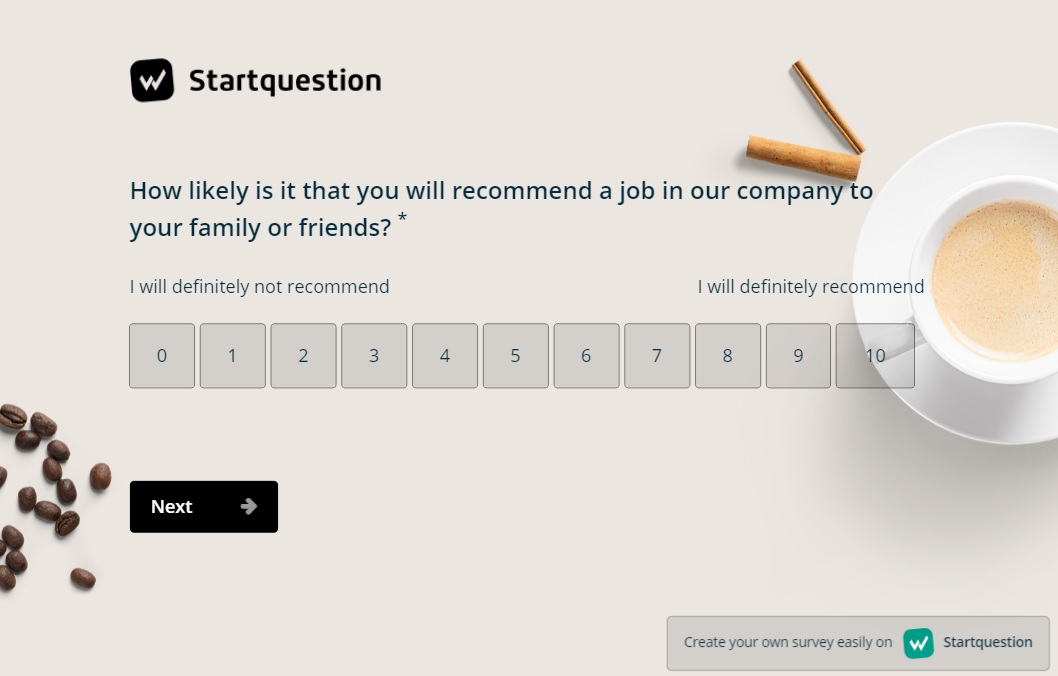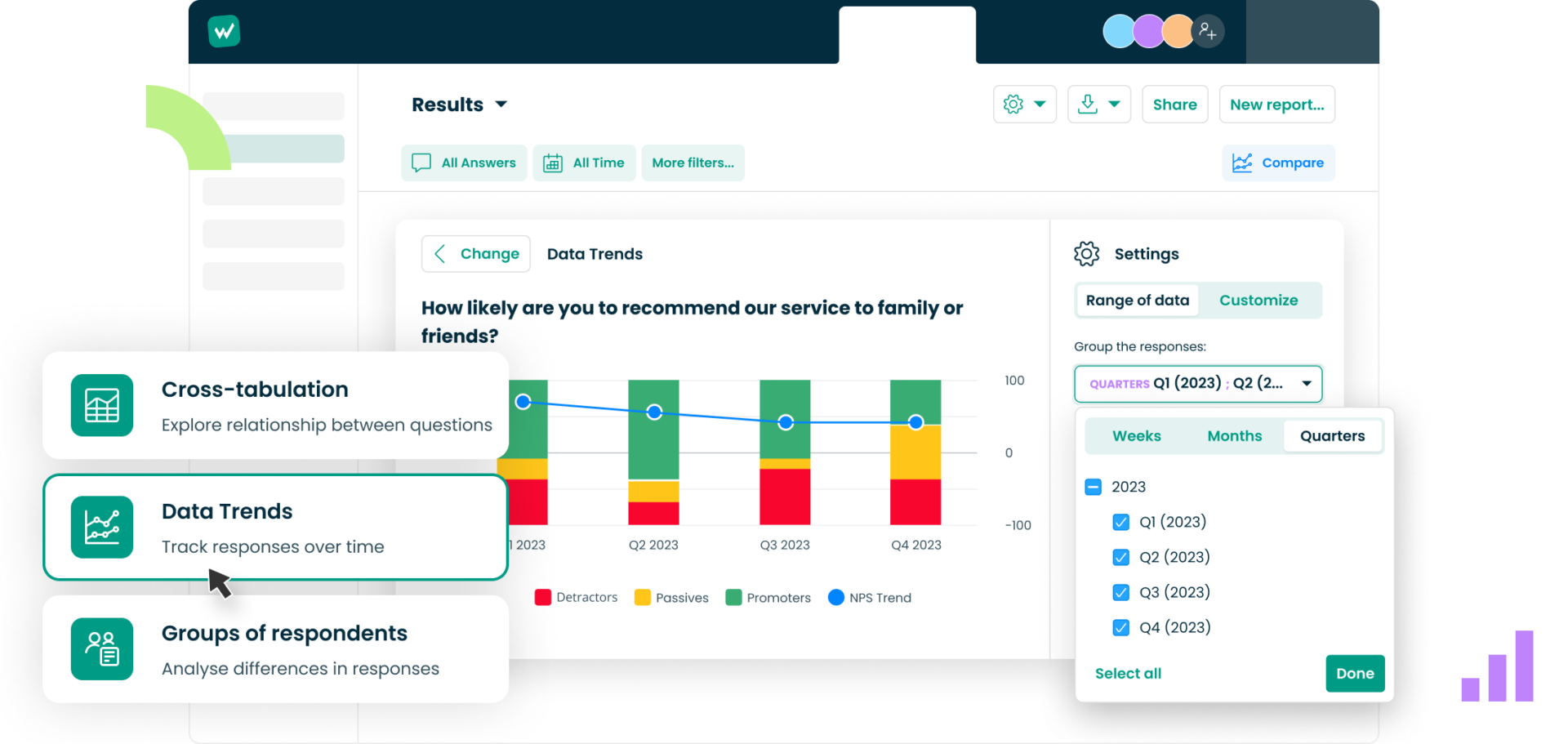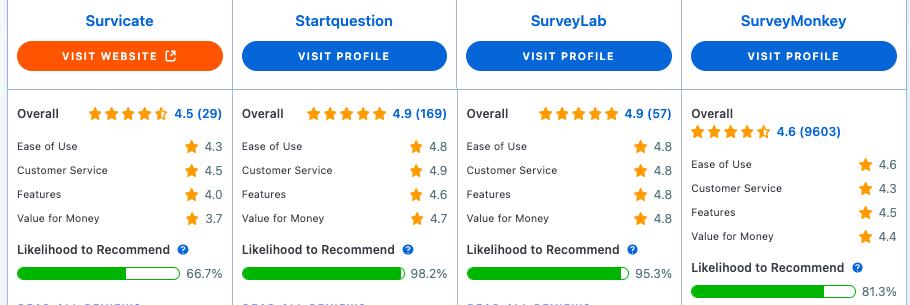In today’s business world, positive brand equity is crucial for companies to establish themselves in the market. It is the combination of consumers’ perceptions, emotions, and associations with a brand. This guide explains the methods and metrics of measuring brand equity, helping businesses to understand the core aspects of brand value and strength.
What Is Brand Equity? Why Does It Matters?
Brand equity is not just about the monetary value of a brand; it is also about the customer loyalty, and the intangible assets that define a brand’s identity and influence its position in the hearts and minds of consumers, accepting price premium for the brand they adore.
At its core, overall brand equity encompasses brand awareness, loyalty, perceived quality, and associations, collectively shaping consumer perceptions and behaviors.
Cultivating strong brand equity is not just a strategic endeavor but a fundamental necessity for businesses seeking sustained relevance, differentiation, and competitive advantage in today’s dynamic marketplace.
Brand Valuation and Brand Equity. Know the Differences
In essence, brand valuation quantifies the financial value of a brand, whereas brand equity assesses the intangible qualities and consumer perceptions that contribute to a brand’s overall strength and influence.
While both concepts are important for understanding and managing a brand, they serve distinct purposes and provide complementary insights into different aspects of brand performance and value.
Brand Equity Metrics to Measure
Time to understand brand equity metrics.
Brand Awareness
You can measure brand awareness to determine how well your brand is recognized and recalled by consumers. You can use metrics like aided and unaided brand recall, brand recognition, and brand recall tests to evaluate the effectiveness of your brand’s visibility and presence in the market.
Get inspired by our ready-to-use brand awareness survey template.
Brand Awareness Questionnaire
Use a ready-made brand awareness survey template and find out what customers know and think about your brand.
Brand Awareness Questionnaire
Use a ready-made brand awareness survey template and find out what customers know and think about your brand.
Competitive Metrics
To assess your brand’s position in the market, it is crucial to analyze your market share, your share of voice, and your brand performance compared to your competitors. Using various tools such as market share analysis, customer satisfaction levels, and competitive benchmarking, you can gain valuable insights into the strengths and weaknesses of your brand and your competitors.
Brand Relevance
Brand relevance is the extent to which your brand satisfies your target customers requirements, wants, and aspirations. You can assess brand consistency and relevance by gathering insights into consumer perceptions, preferences, and purchase motivations through surveys, focus groups, and customer feedback mechanisms.
Brand Evaluation
Evaluating your brand’s equity means analyzing how consumers view the quality, credibility, and value your brand offers. You can use financial metrics or CX indicators such as customer satisfaction scores, surveys to assess brand perception, and sentiment analysis to understand how consumers perceive your brand compared to your competitors and industry standards. These indicators can help you understand your brand’s strengths and weaknesses and identify areas for improvement.
Brand Identity Survey Template
Check if you’ve done well with your company branding and collect valuable insights to shape your brand voice and marketing strategy.
Brand Identity Survey Template
Check if you’ve done well with your company branding and collect valuable insights to shape your brand voice and marketing strategy.
How to Measure Brand Equity?
It is time to explore approaches, from traditional survey-based methods to cutting-edge data-driven techniques, that shed light on brand equity intricacies and enable businesses to optimize their branding strategies for maximum impact and success.
Ready? Let’s get started with brand equity measurement tools.
Survey-Based Approaches:
Below are the top 5 survey-based methods to measure brand equity, with examples. Gain insights into awareness, consumer perception, brand loyalty, and advocacy for informed decision-making and strategic brand management.
- Brand Tracking Studies:
Methodology:
Periodic surveys track key brand metrics over time, such as brand awareness, perception, purchase intent, and loyalty.
Example:
A consumer goods company tracks brand changes quarterly, including recognition, preference, and likelihood to purchase.
- Customer Perception Surveys:
Methodology:
Send surveys to gather direct customer feedback on brand perception, product attributes, service experience, and satisfaction.
Example:
An auto manufacturer surveys customers after purchase to gather feedback on vehicle performance, reliability, design, and dealership experience.

- Net Promoter Score (NPS) Surveys:
Methodology:
One way to measure the percentage of loyal customers and likelihood to recommend a brand is through a single-question survey using the Net Promoter Score (NPS) methodology.
Example:
A software company calculates its Net Promoter Score (NPS) by asking customers to rate their likelihood of recommending the company’s products/services on a scale of 0 to 10. Customers are categorized as promoters, passives, or detractors, giving insights into brand advocacy and loyalty.
- Brand Image Surveys:
Methodology:
Conducting surveys to evaluate the brand’s image, personality, values, and associations from the consumer’s perspective.
Example:
A fashion retailer surveyed consumers to understand how they perceive the brand’s style, affordability, sustainability, and innovation. The survey included questions about brand identity, personality traits and associations to identify strengths and weaknesses in brand positioning.
- Brand Equity Index Surveys:
Methodology:
Creating a single metric by combining various dimensions of brand equity, such as awareness, relevance, differentiation, and emotional connection, into a composite index or score.
Example:
A telecom develops a brand equity index survey to track brand performance over time and compare it against competitors.

Other Approaches
Now, let’s discover the 5 non-survey-based methods to measure brand equity with examples. Incorporating these techniques into your good brand equity measurement toolkit can provide a holistic view of your brand’s performance.
We recommend combining surveys and other approaches to get the whole picture.
- Social Media Monitoring:
Methodology:
Use social media listening tools to track brand mentions, sentiment, and engagement on different platforms. It may help you improve your reputation and build better customer relationships.
Example:
A cosmetics company tracks its brand on social media using tools like Hootsuite or Sprout Social to analyze sentiment, comments, and engagement metrics in real-time.
- Online Reviews Analysis:
Methodology:
Analyze online reviews and customer feedback to evaluate brand reputation.
Example:
A hospitality chain monitors online reviews to evaluate guest experiences and maintain quality standards.
- Brand Website Analytics:
Methodology:
Leveraging web analytics tools like Google Analytics to track website traffic, user engagement, and conversion rates is a great way to evaluate brand visibility, online presence, and customer engagement.
Example:
An e-commerce retailer analyzes website traffic to measure brand impact, user engagement, and conversion rates. Insights from analytics help optimize brand performance and user experience.
- Customer Behavior Analysis:
Methodology:
Monitor customer behavior data to evaluate brand loyalty and satisfaction.
Example:
A subscription service analyzes customer retention rates, churn rates, and average revenue per user (ARPU) to enhance customer lifetime value.
- Brand Equity Models and Indices:
Methodology:
Use brand equity models or indices like Interbrand’s Best Global Brands or Brand Finance’s Brand Strength Index to compare brand value and performance with competitors.
Example:
An automaker subscribes to industry indices like JD Power’s Brand Trust Index and Brand Finance’s Brand Strength Index to track brand performance and identify areas for improvement.

Monitor Important Brand Equity Metrics with Survey Software
Brand equity is vital for business stability and growth. Tracking and measuring it using consumer insights and data-driven decisions can provide valuable insights and redefine a business’s future. Survey software can help you build brand equity and track your performance.
Building Brand Equity with Survey Tools
Professional survey software, like Startquestion, Survey Monkey, or Survicate, is essential for effectively building and tracking brand equity.
It is the key to collecting valuable feedback from customers and employees, measuring brand perception, conducting market research, and analyzing data for actionable insights. By leveraging survey tools, businesses can identify areas for improvement, monitor brand health, and make informed decisions to strengthen brand equity and drive long-term success.
Here’s how it can help you:
- Customer feedback and satisfaction surveys
Pro survey tools help businesses gather customer feedback to improve satisfaction. Surveys at different touchpoints identify improvement areas and address concerns promptly, increasing brand loyalty. Use simple language and active voice for clear and engaging surveys.
- Brand perception studies
Survey software allows enterprises to measure how customers perceive their brand. By identifying strengths and weaknesses, businesses can enhance brand messaging and resonance.
- Brand tracking surveys
Professional tools help businesses track and monitor brand metrics like awareness, consideration, preference, and loyalty. By measuring changes in these metrics and consumer sentiment over time, businesses can optimize their strategies to maintain or enhance brand equity in the long term.
- Employee engagement surveys
Such software helps measure employee engagement, satisfaction, and alignment with company values. Engaged employees deliver better customer experiences, promote the brand, and boost its reputation and value.

- Market research and competitive analysis
Survey tools enable brands to conduct market research and analyze the competition. This information helps companies identify opportunities for differentiation and innovation, leading to a competitive edge and sustained brand relevance.
- Data analysis and reporting
Survey software helps businesses analyze responses, discover patterns, and make informed decisions. It provides intuitive dashboards and reports for actionable insights, resource allocation, and brand optimization. This drives brand equity growth to improve business outcomes.
Ask Your Target Market Precise Questions About Brand Identity
Does it sound like a solution that may streamline your efforts?
Take advantage of the opportunity to enhance your brand’s potential by not implementing professional survey software.
Ready to improve brand equity with valuable feedback?




